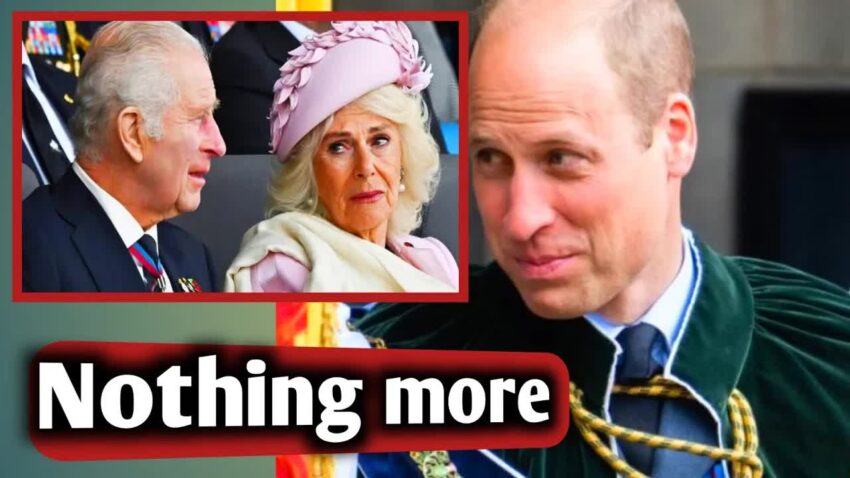The British monarchy is undergoing a remarkable transformation that has left even the most astute royal watchers scratching their heads.
Queen Camilla, who has navigated the halls of Buckingham Palace with grace, has faced her share of public scrutiny and criticism.
Yet, she has managed to maintain her dignity alongside her husband, King Charles.
Her recent promotion from queen consort to queen was seen as the pinnacle of her long quest for acceptance within the royal family.
However, just as she stepped into this new role, the balance of power appears to be shifting away from her.
As the spotlight turns towards the younger generation, particularly Prince William and Princess Catherine, Camilla’s anticipated influence seems to be fading.
Their growing prominence poses a challenge to her position in a monarchy that is rapidly evolving to remain relevant in contemporary society.
While Camilla’s ascension was meant to symbolize her resilience through years of public examination, it hasn’t translated into the substantial authority she hoped for within the palace or among her royal peers.
King Charles, a proponent of modernization, has made it clear that the future of the monarchy lies with William and Catherine.
The couple, now firmly established as the faces of the next generation, have embraced a modern and relatable approach that resonates with younger audiences.
As William takes on more titles and responsibilities, Catherine’s influence also expands, with her approachable demeanor winning over the public and allowing her to engage more deeply in essential royal duties.
This shift has placed Camilla in a quieter role than she had envisioned, relegating her to a more traditional position within the family hierarchy.
After years of striving for public respect, she had hoped her new title would bring with it a significant measure of influence.
Instead, she finds herself overshadowed by a couple two decades her junior, which must be a bitter pill to swallow.
The recent Remembrance Day ceremony highlighted these changing dynamics when Catherine filled in for an absent Queen Camilla.
This gesture was more than just a ceremonial duty; it signaled Catherine’s readiness to take on greater responsibilities within the monarchy.
As Camilla’s influence wanes, Catherine’s role continues to expand, suggesting a future where she will play a crucial part in royal engagements.
For Camilla, this transition has been challenging.
Her aspirations for a powerful partnership with King Charles have not materialized as she had hoped.
Now, the pressing question is whether she will accept her ceremonial role or strive to reclaim some authority.
The vision Camilla had for her legacy—one marked by quiet strength and collaboration with Charles—now seems uncertain as younger royals step into the limelight.
Adding to her struggles is the persistent shadow of her past.
Despite her efforts to reshape her image and prove her worth, many still view her through the lens of her controversial history with Princess Diana.
Camilla’s reserved, aristocratic demeanor starkly contrasts with Catherine’s relatable and charismatic nature, which has endeared her to the public.
King Charles, now in his mid-70s, is facing the natural effects of aging, further amplifying Camilla’s feelings of insecurity.
Should Charles’s health decline, more royal responsibilities would inevitably fall to William and Catherine, intensifying her concerns about her future role.
Rumors suggest that Camilla is becoming increasingly aware of her marginalized status behind the scenes.
Despite her calm public persona, insiders hint at a growing sense of frustration within her.
